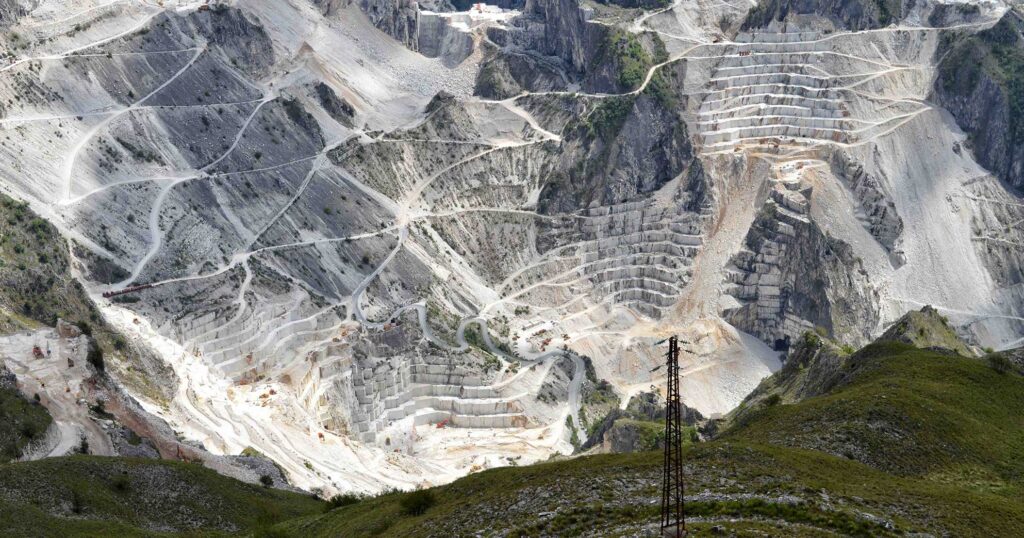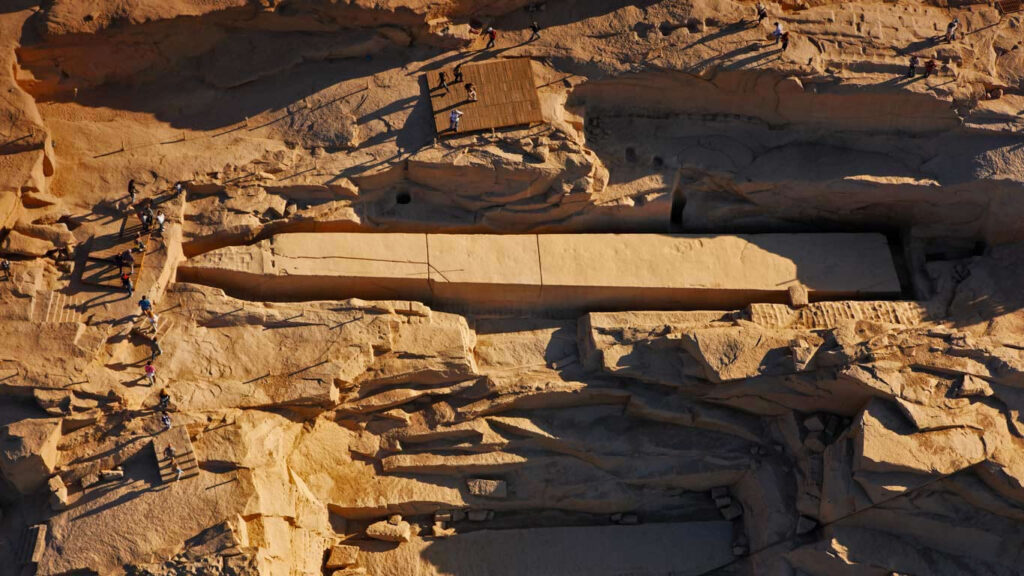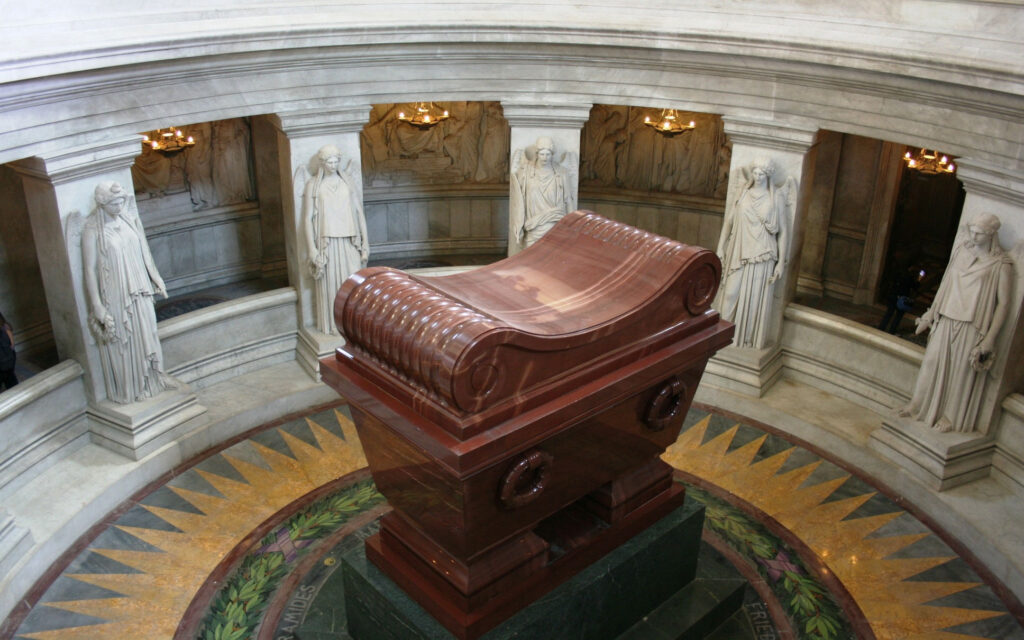Marble is a stone that is not as resistant and hard as granite or quartzite, and therefore needs to be treated with a little more care. Its high thermal resistance means you won’t have to worry about placing hot objects above this stone. Another downside compared to other stones is its high porosity, which increases the risk of getting permanent stains when is cleaned with chemical products or used in places like your kitchen or bars. For that reason, if the marble countertop is going to be used in a workplace, we highly recommend keeping proper hygiene by using adequate cleaning products. Visually, it stands out for its more wavy and homogenous patterns, it is perfect for covering large areas with elegance.
To see the samples click here or on the image below.
Granite, just like quartzite, has a greater resistance and hardness than marble, making it the perfect material for any countertop you work on. Its great thermal resistance means you won’t have to worry about placing hot objects above this stone, which is ideal for kitchens. Furthermore, its reduced porosity decreases the risk of suffering permanent stains when they are cleaned with chemical products or used in places like your kitchen or bars. Visually it stands out thanks to the large variety of colors and designs, with patterns that are mostly dotted and uniform.
To see the samples click here or on the image below.
Quartzite, just like granite, has a greater resistance and hardness than marble, making it the perfect material for any countertop you work on. Its great thermal resistance means you won’t have to worry about placing hot objects above this stone, which is ideal for kitchens. Furthermore, its reduced porosity decreases the risk of suffering permanent stains when they are cleaned with chemical products or used in places like your kitchen or bars. It stands out visually because of its large variety of colors and designs thanks to the presence of different minerals, giving each table a beautiful mix of veins and colors. This clashes with marble, which is know for its uniform and soft patterns.
To see the samples click here or on the image below.
Silestone is one of Cosentino’s registered trademarks. While natural stone is born from our planet’s geological processes, Silestone is manufactured using a mixture of natural products (mainly quartz) and a series of artificial additives that grant them a hardness similar to quartzite. The great advantages of Silestone over natural stone are: its greater bacterial proteccion and almost non-existent porosity, providing enormous protection against stains. On the other hand, a big disadvantage is its reduced thermal resistance; it is a material that does not withstand hot temperatures nor its sudden changes, which means you need to be extra cautious in places like the kitchen. Visually, Silestone has both uniform and randomized colors which remind of the ones found in natural stones such as marble or granite.















